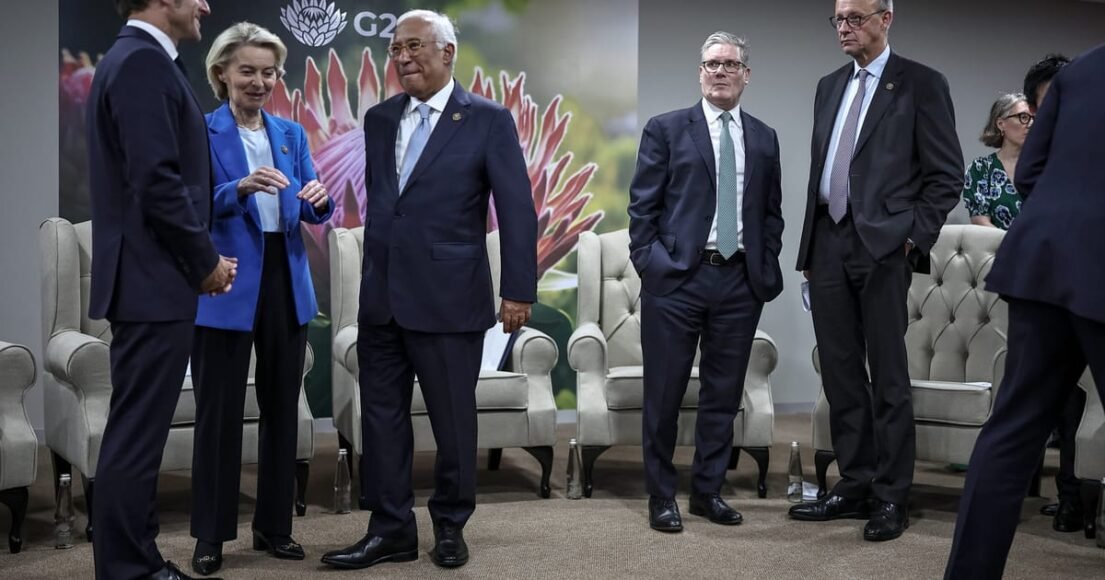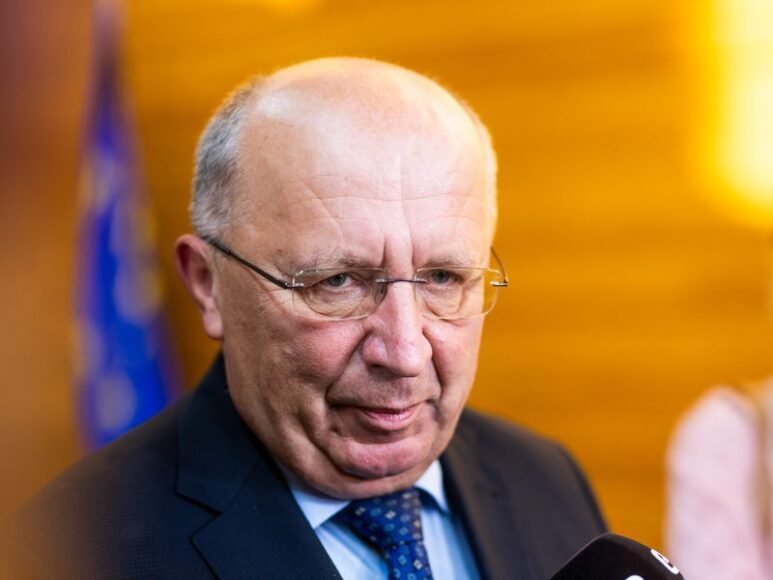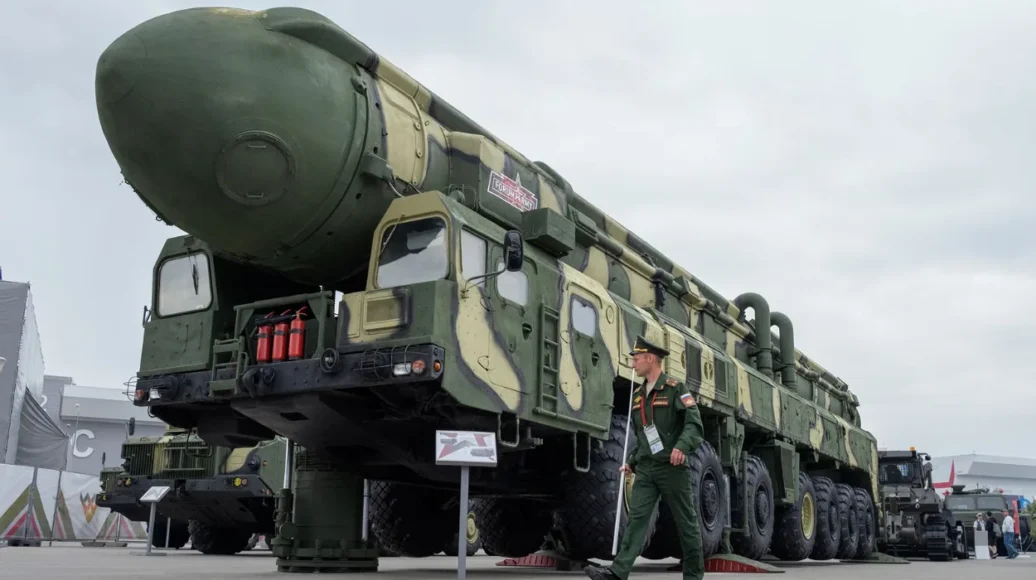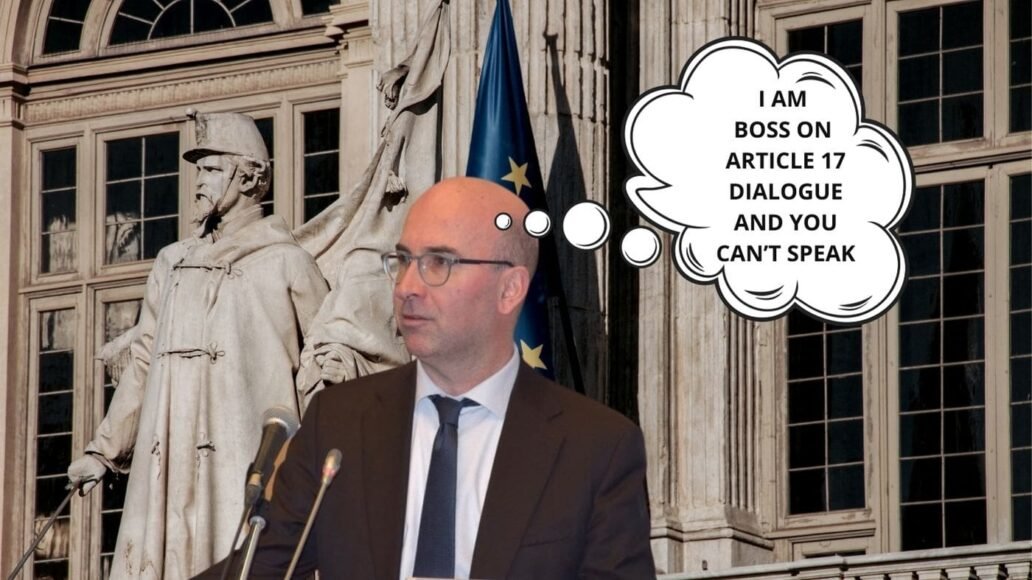
Six days after President Donald Trump instructed the Pentagon and the Department of Energy to “restart the process” of nuclear weapons testing, Vladimir Putin convened his Security Council in the Kremlin and issued a familiar but chilling directive. Russia, he said, must draft formal proposals to resume nuclear weapons testing for the first time in more than three decades—if the United States moves ahead with its own.
The sequence began on October 29, when Trump, en route to a summit with China’s Xi Jinping, posted on Truth Social that he had ordered the “Department of War” (his rebranded Pentagon) to test “on an equal basis” with Moscow and Beijing. U.S. Energy Secretary Chris Wright clarified on November 2 that no nuclear explosions are planned; the work will focus on sub-critical experiments.
Yet the symbolism landed hard. Putin’s response – ordering preparations at the remote Arctic archipelago of Novaya Zemlya, the site of Soviet-era blasts that once scarred the atmosphere – was framed as symmetry, not aggression.
“If any state begins conducting nuclear tests,”
Putin warned,
“Russia will respond accordingly.”
This exchange is not a fleeting flare-up; it marks the steady unraveling of the last thread holding back a new arms race. At its center lies the New START treaty, the 2010 agreement that caps deployed strategic warheads and delivery systems between Washington and Moscow. Negotiated under Barack Obama and extended for five years by Joe Biden in early 2021, it now limps toward expiration in February 2026.
Russia suspended its participation in 2023 amid the Ukraine war – halting inspections and data exchanges but claiming to observe numerical limits. On November 11, Foreign Minister Sergey Lavrov floated a one-year bridge extension requiring no negotiation – only U.S. consent. Trump has not answered. With Trump back in the White House and Putin under pressure at home and abroad, even that fragile adherence hangs by a thread.
The roots of this crisis stretch back to misplaced priorities long before these latest salvos. During Trump’s first term, U.S. foreign policy fixated on trade wars with China – tariffs on steel, aluminum, and consumer goods monopolized headlines and diplomatic bandwidth. This narrow economic lens came at the expense of strategic vigilance.
As Washington obsessed over supply chains, Moscow quietly modernized its arsenal: deploying hypersonic missiles, expanding its submarine fleet, and reviving exotic projects such as the nuclear-powered













Leave a Reply